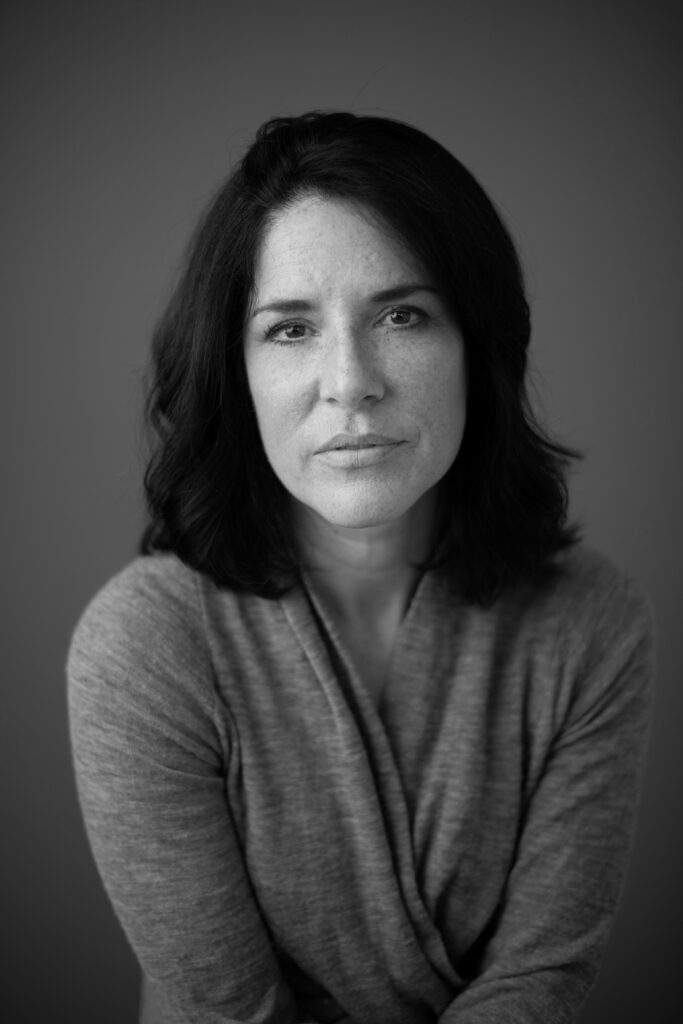How to Create Great Studio Portraits
Taking great studio portraits requires a combination of technical skill, artistic vision, and effective communication with your subject. Whether you are shooting professional models or everyday people, there are several key steps you can take to ensure that your studio portraits are visually compelling and emotionally impactful. In this blog post, we will cover some tips and techniques for taking great studio portraits.

- Set up your studio: The first step to taking great studio portraits is to set up your studio space. You will need a large enough area to accommodate your equipment and your subject. Consider the lighting in your studio and whether you will be using natural light or artificial lighting. You will also need to select a backdrop that complements your subject and adds depth and interest to your images.
- Choose your equipment: The equipment you use can make a big difference in the quality of your studio portraits. You will need a camera with a high resolution and good low-light performance. A wide-angle lens can be useful for capturing the entire scene, while a portrait lens can help create a shallow depth of field and a pleasing bokeh effect. You will also need lighting equipment, such as studio strobes, softboxes, and reflectors, to create the desired lighting effect.
- Communicate with your subject: The key to capturing great studio portraits is to establish a connection with your subject. Talk to them before the shoot to get a sense of their personality and style. This will help you determine how to pose and position them for the best results. Encourage them to express themselves and experiment with different poses and expressions.
- Pose your subject: Posing your subject is an art in itself. You will need to pay attention to their body language, facial expressions, and overall posture. Experiment with different poses and angles to find the most flattering and interesting shots. You can also use props and accessories to add interest and personality to your images.
- Focus on the eyes: The eyes are the windows to the soul, and they can make or break a portrait. Make sure your subject’s eyes are sharp and in focus. Use a wide aperture to create a shallow depth of field and a pleasing bokeh effect. Encourage your subject to look directly into the camera to create a sense of connection with the viewer.
- Pay attention to lighting: Lighting is one of the most important aspects of studio photography. Use soft lighting to create a flattering, natural-looking effect. Experiment with different lighting setups to create different moods and effects. Use a reflector to fill in shadows and create a more balanced light.
- Edit your images: Once you have captured your images, it’s time to edit them. Use photo editing software to enhance the colors, contrast, and overall quality of your images. You can also crop your images to improve composition and remove distractions. Be careful not to over-edit your images, as this can make them look artificial and unappealing.
In conclusion, taking great studio portraits requires a combination of technical skill, artistic vision, and effective communication with your subject. By following these tips and techniques, you can create visually compelling and emotionally impactful images that will stand the test of time.

